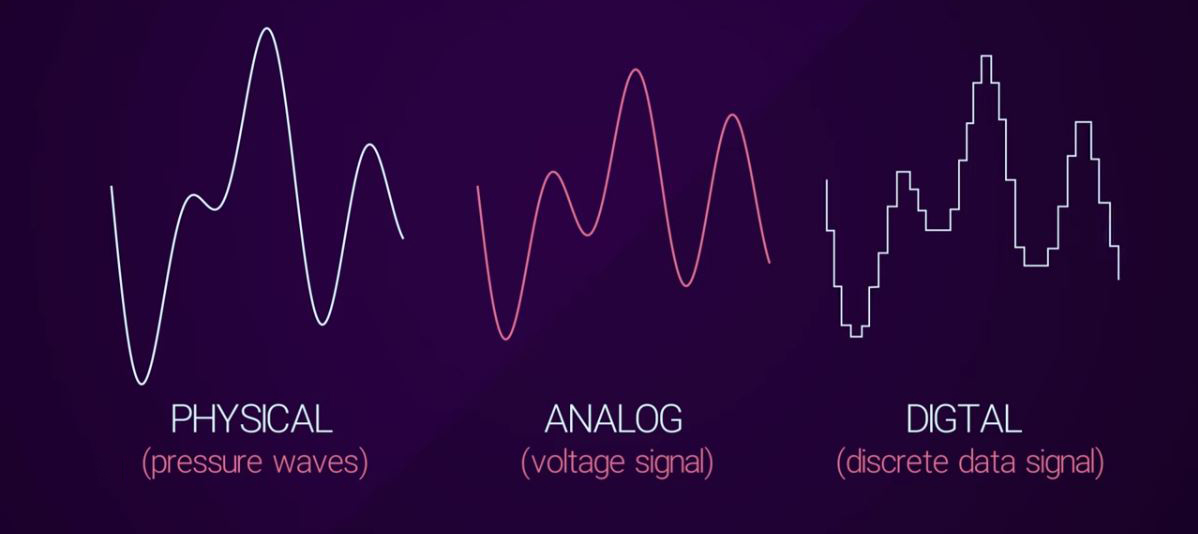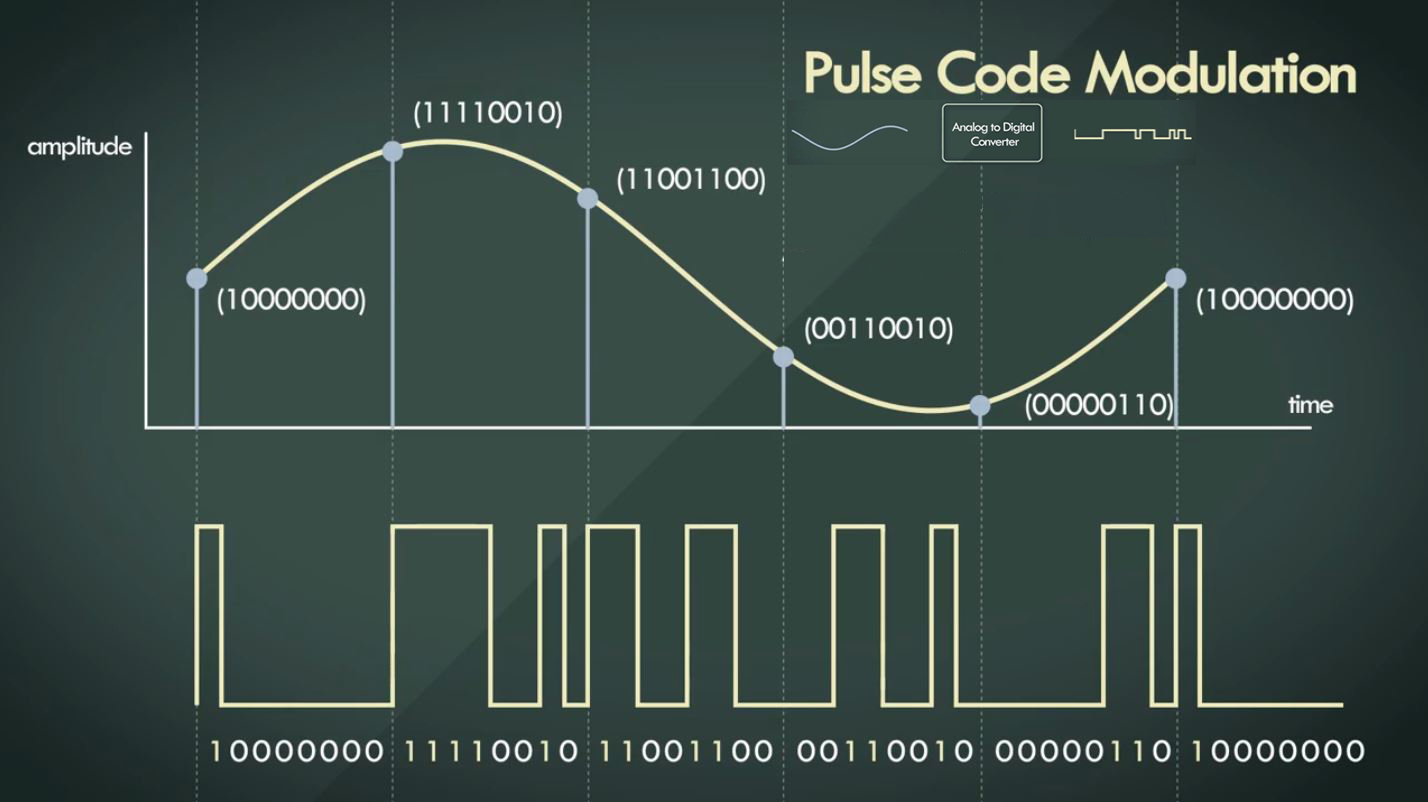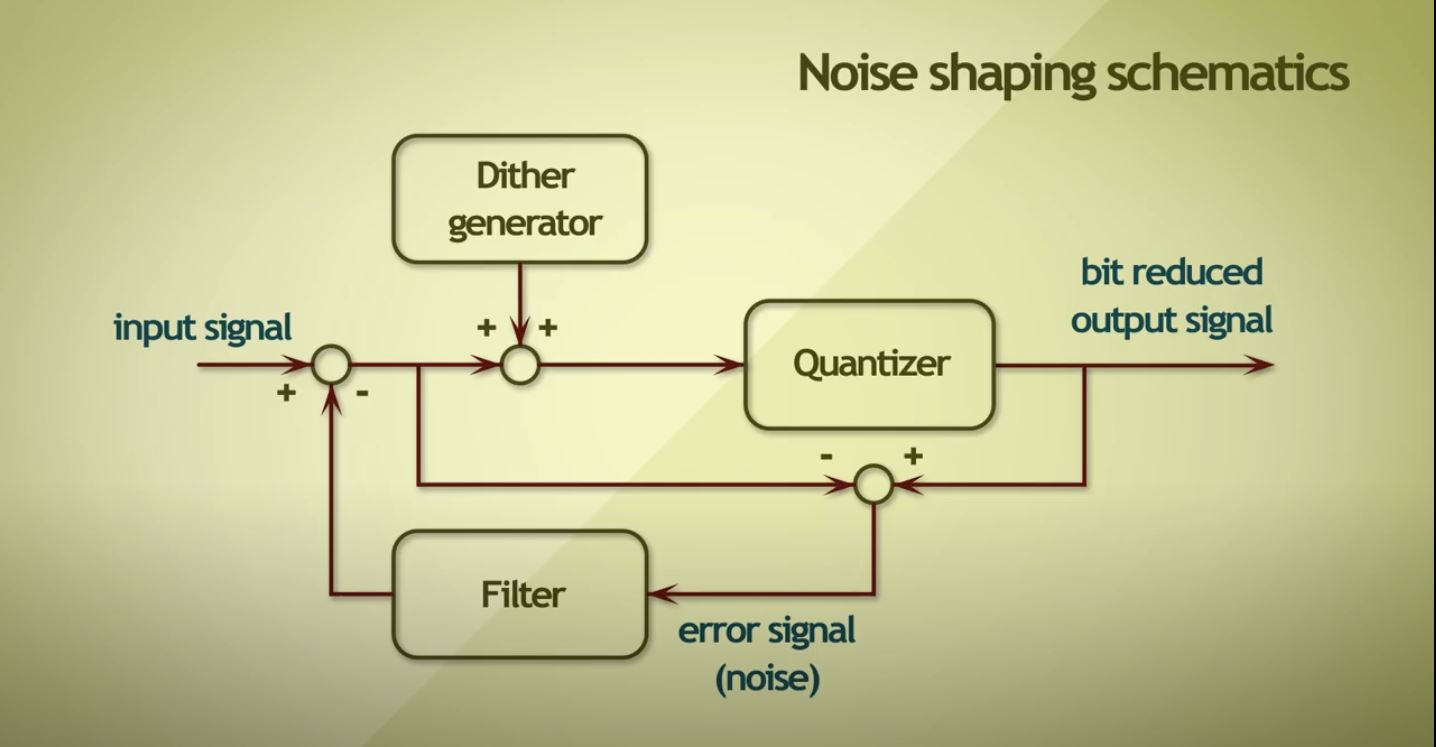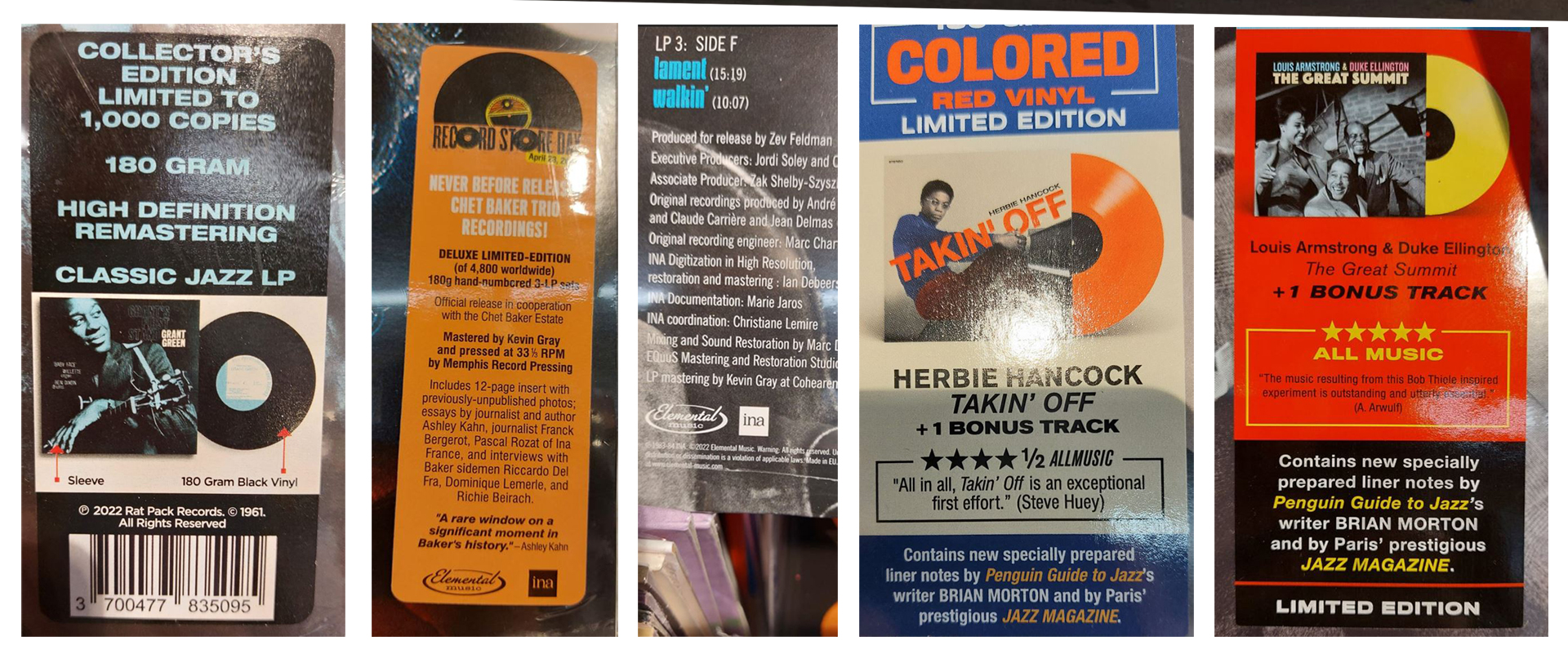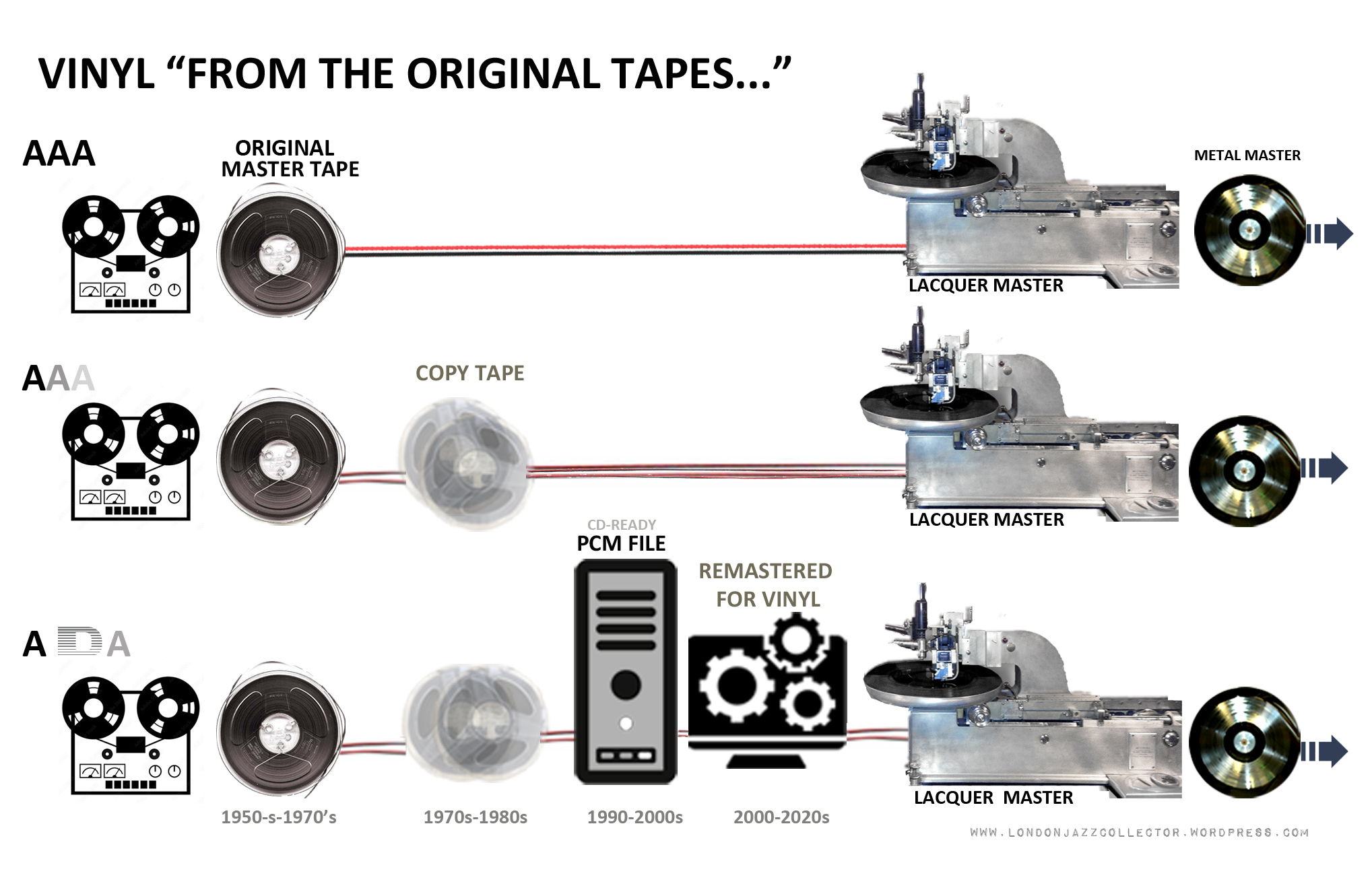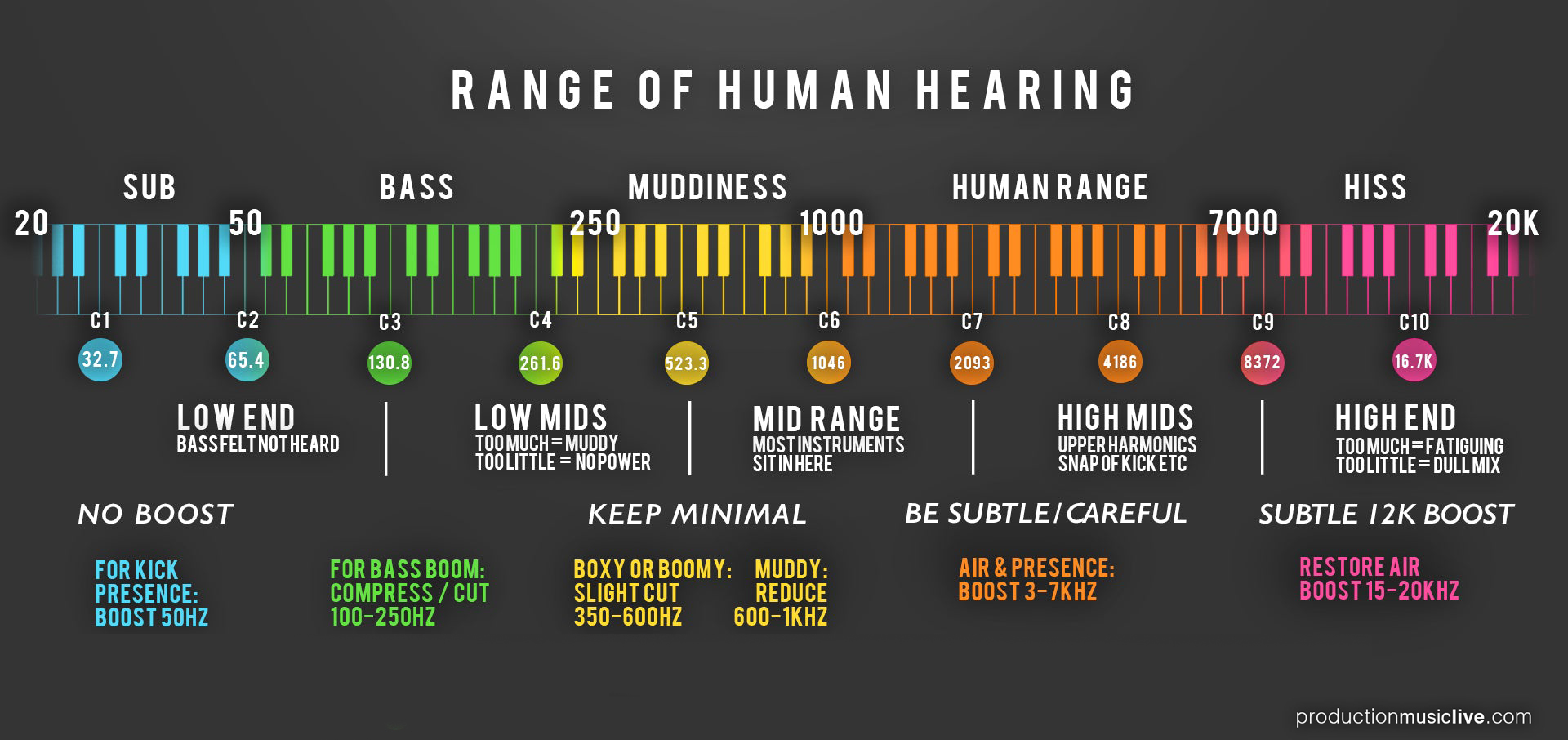DOL, Jazz Images, Waxtime etc.
Printed From: JazzMusicArchives.com
Category: Other music related lounges
Forum Name: Jazz related lounge
Forum Description: Discuss bands and albums classified as Jazz related
URL: http://www.JazzMusicArchives.com/forum/forum_posts.asp?TID=29847
Printed Date: 31 Mar 2025 at 10:23am
Software Version: Web Wiz Forums 10.16 - http://www.webwizforums.com
Topic: DOL, Jazz Images, Waxtime etc.
Posted By: Mssr_Renard
Subject: DOL, Jazz Images, Waxtime etc.
Date Posted: 08 Mar 2023 at 3:39am
|
These days there are a lot of semi-boots on the market. Mostly copies from compact discs directly put to vinyl. These releases are cheap and an easy way to expand ones collection. But my thought is the musicians or families of deceased musicians and official labels don't get any money from it. Sometimes (Jazz Images) the artwork is totally revised, wich makes it hard to recognize an album, in online webshops. The DOL's are easily recognizable, because they are mostly coloured vinyl. My thought is that the quality is cheap and not the standard that f.i. Blue Note Classic Vinyl, or Tone Poets or Acoustic Sounds from Impulse or Pure Pleasure Vinyl etc. give us. I know that Music on Vinyl and Back to Black do similar things. Putting compact discs to vinyl. But they are official releases, paying the royalties. The only issue here is that they are digitally transferred. But sometimes it's the only way to gat something on vinyl. For the DOL, Waxtime, Jazz Images-semi-bootlegs, the quality is subpar, and there are official releases to collect. My thought is that at least the Jazz Images-semi-boots have good artwork, using old photos. But the music is also digitally transferred. What are your thoughts? Should one buy a semi-boot once or never? What about the quality, is it all bad or are there some good semi-bootleg-labels outthere?
|
Replies:
Posted By: js
Date Posted: 08 Mar 2023 at 6:15am
|
I'm an avid vinyl collector and have really been enjoying the comeback this medium is having. Its amazing you can go in a record store now and get brand new vinyl by Charlie Parker, Sun Ra, Duke Ellington etc. I also own a fair amount of CDs, most of these were sent free by record labels looking for reviews. Most modern electronic oriented music sounds fine on CD, ambient techno, nu jazz, modern dub etc., but a lot of acoustic music doesn't sound right on CD, especially jazz and classical. Production has changed over the years too. I love the sound of jazz from the 1950s to the late 60s, modern jazz recordings sound sort of distant to me, although things have improved since the 80s. Regarding the recordings you mention above, I may not be familiar with those recordings, but i have bought some real dogs on 180 gram vinyl. The worst offender is Charlie Parker Live at St Nicks. The recording is just awful bootleg, why they bothered to put this on 180 gram vinyl is beyond me. I also have a classic Funkadelic album that was apparently recorded from the best album copy they could find because the master tapes were lost. This record sounds okay except for a very loud tick in a quiet part. You cannot remove it with cleaner, its in the recording. Along with acoustic music, I think hard rock does not sound good digitally, as Neil Young said, "Digital doesn't do distortion right". Compare The Who's Live at Leeds with Green Day's Dookie. Both are excellent hard rock albums, but The Who album has a much stronger presence and doesn't have that blending effect that happens with digital distortion.
|
Posted By: js
Date Posted: 08 Mar 2023 at 6:28am
| To better answer your original question, a lot of studios are realizing that it doesn't make a lot of sense to use digital recording equipment for a vinyl recording. For this reason, classic 16 inch recording tape and recorders are making a big comeback. |
Posted By: js
Date Posted: 08 Mar 2023 at 6:34am
| One more thing about recording. I cannot afford analog recording devices, but although I have a digital recorder, I do not use any computer software or mixing tools. To my ears, mixing and recording everything by hand in real time adds a bit of 'realness' or authenticity that is undermined when you use things like ProTools etc. |
Posted By: Mssr_Renard
Date Posted: 08 Mar 2023 at 7:04am
|
As for recordings. I stopped listening to rock and pop and such after 1990. Especially blues and bluesrock sounds okay after 1990 (Gov't Mule and Allman Brothers and such), but I really don't care for modern rock. I have listened to a lot of progressive rock and metal in my younger years, but when I listen to it now, I feel claustrofobic. It's all so loud and clammed together. I guess I moved more and more towards acoustic music. In that light I prefer 1900-1970/80 to everything after 1990. For electronic music and jamband music (spacerock) and the occasional fusion/rock albums the nineties and beyond are no problem. The digital era is perfect for digital music. But acoustic music doesn't sound on a digital device. That's why I love vinyl. But I'd rather buy a second hand, scratchy noisy old record than a semi-bootleg wich has an obvious digital source. Do I still make sense, or am I just rambling? A perfect example of a good album on vinyl is the early records of Jethro Tull and Allman Brothers Band.
|
Posted By: Mssr_Renard
Date Posted: 08 Mar 2023 at 7:08am
|
Here some info about DOL records: http://www.discogs.com/label/466581-DOL" rel="nofollow - http://www.discogs.com/label/466581-DOL
|
Posted By: js
Date Posted: 08 Mar 2023 at 7:11am
|
^ You make sense to me and sounds like we are hearing a lot of the same things. Regarding early Tull albums, I think Stand Up sounds great, but its all downhill from there. Whether its jazz or rock, most recordings since the 80s are over compressed, it takes the life out of music. I have a compressor and you can play with it's settings and hear how it can drain the life out of a recording.
|
Posted By: js
Date Posted: 08 Mar 2023 at 7:14am
Aha, they lost me at 'Russian Label', that means its cheap crap, and probably full of copyright violations.
|
Posted By: js
Date Posted: 08 Mar 2023 at 7:53am
| I'm going to move this to the Jazz Related Lounge so that all of our new album features can be on the front page. |
Posted By: Mssr_Renard
Date Posted: 08 Mar 2023 at 7:53am
|
Here more info on Jazz Images. They publish books aswell, I see now: http://www.jazzimagesrecords.com/" rel="nofollow - http://www.jazzimagesrecords.com/
|
Posted By: snobb
Date Posted: 23 Mar 2023 at 4:45am
|
here is some useful info on differences in sound of vinyl, CD and vinyl re-issues : Short Digital Primer: musical instruments generate PHYSICAL pressure waves, which listeners hear. Microphones capture and tape recorders transform those pressure waves into an electronic voltage signal stored on magnetic tape, we call ANALOG. Those analog signals can be transformed into binary data stream of zeros and ones stored on a disk-drive, we call DIGITAL.
In the 1980s, entering the digital era, PCM encoding – Pulse Code Modulation, became the industry standard for sampling, electronic storage and transmission of audio data. It’s worth a shallow dive to understand the technology. PCM converts the amplitude of an analogue signal into binary code. https://londonjazzcollector.files.wordpress.com/2023/01/analog-to-digital-conversion-graphic.jpg" rel="nofollow"> PCM digital data lends itself to near-unlimited digital processing of audio information: compression and limiting (in common with vinyl), quantization (filling gaps between samples), high and low pass filtering, eliminating those pesky top frequencies “we can’t hear”, dithering, sound envelope shaping, white noise remapping, frequency boosting. An example of signal processing, in which low gain signal (a quiet bit) has noise added, to cover up other digital artefacts. https://londonjazzcollector.files.wordpress.com/2023/01/analog-to-digital12.jpg" rel="nofollow"> Finally, the processed PCM file can be output to any digital audio output format: to CD (WAV or AIFF), reduced file-size for streaming (MP3), and most important, remastering for acetate cutting, to fit the physical requirements and limitations of vinyl. Derivatives of PCM files are also the bootleggers undeclared source for unofficial reissues. Modern equipment today can record digitally in much higher resolution, store more information, even process it to advantage (boosting db of selective frequencies), but sadly, it can not go back in time. The sound quality is only as good as the source capture in 1993. What was lost transferring the original analogue tape to the audio-workstation PCM conversion is lost forever. In the case of missing original tapes, this is where a lot of our music legacy rests. Not the “Which is best, analogue or digital?” Hoff-men argument, but for some music, it is digital or nothing. Back to the bigger picture of the “vinyl renaissance” and its Hype Stickers – First time on vinyl! 180-gm audiophile!, Limited Edition! From the original tapes! – Audio Window Dressing, strangely, usually no mention of sources. https://londonjazzcollector.files.wordpress.com/2023/01/fnac-vinyl-hype-stickers.jpg" rel="nofollow"> I have done another of my thought-graphics … simplified for clarity, over-simplified maybe. There are many other variations, like needle-drops, but this sums it up for me the ways in which original recording tapes connect to vinyl, throw your own spanner in the works if you like https://londonjazzcollector.files.wordpress.com/2023/01/thought-graphic-mastering-sources.jpg" rel="nofollow"> Everything is “from the original tapes”, but only a select few are mastered from the original tapes – the All Analogue process (AAA). Over the decades, the source of vinyl reissues became copy analog tape, notably, most overseas edition such as Japanese pressings. They were still in a sense All Analogue, but with an intermediate tape generation step down (AAA). Then in the mid-80s, with the arrival of the compact disc, the music world entered the digital era and the new musical ringmaster, the digital audio engineer. The ease with which digital files can be transferred to vinyl – Analogue> Digital> Analogue (ADA), officially and unofficially, is evident everywhere on the Hype stickers, and the vinyl reissue industry depends commercially on audio window dressing (AWD). Funnily enough, in the 90s, record companies were boasting records were digitally mastered. An engineers guide how to improve recordings digitally: digital transformation and t-polishing. You may ask, why is it necessary? Just because you can doesn’t mean you should.
A lot of the The vinyl reissue industry is hoping no one will be aware of the intermediate digital stage, or what has been done to the recording. from http://londonjazzcollector.wordpress.com/2023/01/20/pharoah-sanders-tauhid-1971-universal-jazz-germany-2022/" rel="nofollow - http://londonjazzcollector.wordpress.com/2023/01/20/pharoah-sanders-tauhid-1971-universal-jazz-germany-2022/ |
 Mssr_Renard wrote:
Mssr_Renard wrote: